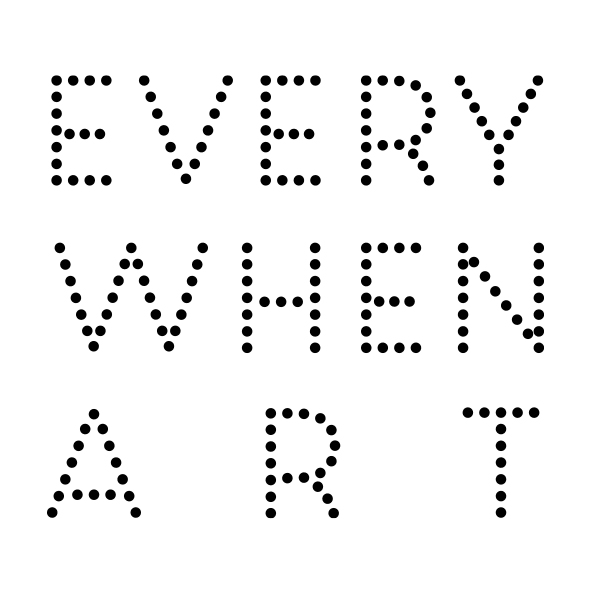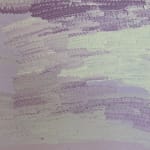Bugai Whyoulter Purungu, b. 1939
29 7/8 x 48 1/8 in
This painting portrays physical elements of Martu Country, such as the dominant tali (sandhills), warta (trees, vegetation), and water sources. Rock holes, waterholes, soaks and springs were all extremely important sites for Martu people during the pujiman (nomadic bush) era, with many important jukurrpa (dreamtie stories) chronicling the creation of these landmarks. In the past the Martu lived nomadically, moving from water source to water source, and hunting and gathering bush tucker as they went. They would traverse very large distances annually, visiting specific areas in the dry and wet season depending on the availability of water. As they travelled and hunted they would also burn areas of country creating a larger diversity of plant and animal life. A leading artist of Martumili Artists at Newman in the East Pilbara, Bugai Whyoulter has become, along with her painting teachers Nora Wompi and Nora Nungabar, one of Australia’s most highly prized contemporary artists. She was born c.1940 at Pukayiyirna at the present day Balfour Downs Station. She travelled as a child with her parents northwards, through Jigalong and Nullagine to Kunawarritji also known as Well 33 on the Canning Stock Route. She grew up, walked and hunted primarily around Punmu, Kunawarritji and Kun Kun, and as a young woman travelled the Canning Stock Route where she met cattle drovers. Bugai continued to live nomadically, with her family and later with her husband, before eventually deciding to live at Jigalong Mission, with many other relatives. In recent years she has lived at Kunawarritji where she was taught to paint by the late Nora Nungabar and Nora Wompi. The three women painted together as often as possible. Bugai has one son Narran who lives in Hedland. She has 4 grandchildren who live in Jigalong. Her sister is fellow artist, Nancy Patterson. Whyoulter’s work has gained extensive recognition in recent years, including in leading public exhibitions such as the National Museum of Australlia and FORM's extensive exhibition Kiwarra Kutju: The Canning Stock Route (2010-2013) as well as We Don’t Need A Map, (2013-16) collaborating for the Adelaide Biennale with Antony and The Johnsons, and painting enormous collaborative canvases for a unique exhibition at the Museum of Contemporary Art in Sydney in 2015. Her paintings of important sites of the Pilbara: Balfour Downs, Canning Stock Route, Jigalong, Jirkupuka, Juntujuntu, Juuku, Kalpaa, Kunawarritji, Kartarru, Karltatu, Kun Kun, Kurru, Kuwarrijiana, Lalki, Mamunarta, Minyi Puru, Ngurra, Ninjarna, Warnu, Well 28, Wilpirri, are characterised by thick, luscious colour and seemingly abstract design, under which is hidden myriad knowledge of country and law.





